Crypto Security Risk Calculator
Assess Your Security Risk
Calculate your security risk level based on your holdings, recovery phrase storage, and wallet usage.
When your government blocks exchanges, freezes bank accounts, or shuts down crypto apps, your money shouldn’t disappear with them. That’s where non-custodial crypto wallets come in. These aren’t apps you download to trade coins-they’re your personal vaults. No middleman. No CEO who can freeze your balance. No form to fill out. Just you and your keys.
What Makes a Wallet Non-Custodial?
A non-custodial wallet means you hold the private keys. Not Coinbase. Not Binance. Not some local exchange that says it’s "safe." If you don’t have the keys, you don’t own the crypto. That’s the rule. And in countries where authorities can shut down platforms overnight, that rule becomes survival.Think of it like a physical safe. A custodial wallet is like giving your safe to a bank. They have the key. You can ask them to open it-but they can also refuse. A non-custodial wallet is your own safe, buried in your backyard. Only you know where it is. No one else can open it. Not even if they have a court order.
Popular non-custodial wallets include MetaMask (browser and mobile), Trust Wallet, and hardware devices like Ledger Nano S and Nano X. These wallets don’t ask for your ID. No passport scan. No selfie. No address verification. You install it, generate a 12- or 24-word recovery phrase, and you’re done. That phrase is your only way back in. Lose it? Your crypto is gone forever. No customer service call will fix it.
Why This Matters in Restricted Countries
In countries like Nigeria, Iran, Venezuela, or Russia, where crypto exchanges have been banned or pressured to shut down, people still need to store and move value. Traditional banks are unreliable. Inflation eats savings. Foreign currency is hard to get. Crypto becomes the only escape hatch.But here’s the catch: if you use a custodial wallet-like one hosted on a local exchange-you’re trusting someone else. That someone can be forced to hand over your funds. Or they can go bankrupt. Remember FTX? Over $8 billion in customer funds vanished in 2022. Even though repayment is expected by mid-2024, users waited 18 months without access. In a country with capital controls, that’s a lifetime.
Non-custodial wallets bypass all that. You interact directly with the blockchain. You send Bitcoin or Ethereum to a wallet address. No intermediary. No permission needed. Even if the government blocks websites like Binance or Coinbase, you can still use MetaMask to connect to decentralized exchanges like Uniswap or PancakeSwap. You don’t need approval. You just need internet.
How They Work (Without the Jargon)
Here’s the simple version:- You download a wallet app like MetaMask or Trust Wallet.
- It creates a random 12-word phrase. Write it down. On paper. Not on your phone. Not in a cloud note.
- You never share that phrase. Ever.
- You send crypto to the wallet address shown in the app.
- To spend it, you sign the transaction using your private key-generated from that phrase.
- The transaction goes straight to the blockchain. No one can stop it.
Hardware wallets like Ledger take this further. They store your keys on a physical device-like a USB stick-that never connects to the internet. You plug it in, approve transactions on its screen, then unplug it. Even if your computer gets hacked, your crypto stays safe.
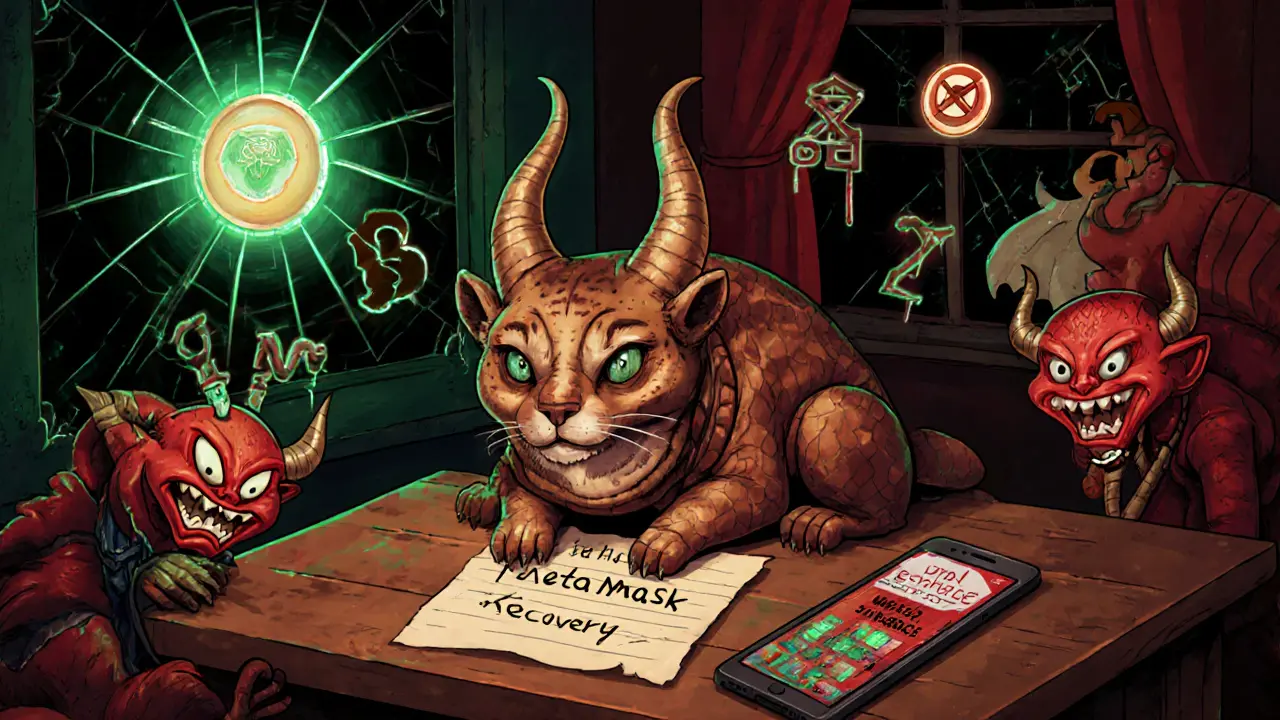
The Big Trade-Off: Freedom vs. Responsibility
Non-custodial wallets give you freedom. But freedom comes with weight.There’s no customer support. If you send crypto to the wrong address? Gone. If you lose your recovery phrase? Gone. If you fall for a fake website that looks like MetaMask? Gone.
Reddit users in restricted countries share stories like this: "Lost my seed phrase while moving countries. $3,200 gone forever." Another wrote: "In my country where exchanges are banned, MetaMask is my only gateway to DeFi." That’s the duality. It’s powerful. And it’s dangerous.
Security isn’t optional. You need to:
- Write your recovery phrase on paper. Keep it in a fireproof safe.
- Never take a photo of it. Never store it digitally.
- Use a hardware wallet if you hold more than a few hundred dollars.
- Always check the URL of the website you’re connecting to. Scammers copy MetaMask’s site exactly.
- Learn how to verify smart contract addresses before approving transactions.
It takes time. MetaMask’s own data shows users need 10 to 40 hours to feel confident. In countries where internet access is slow or censored, that learning curve gets steeper. You might need a VPN just to download the wallet. You might have to find tutorials on Telegram or Discord because local sources are blocked.
What’s Changing in 2025
Hardware wallets are getting smarter. Ledger now offers Shamir Backup-splitting your recovery phrase into three parts. You only need two to restore your wallet. That’s useful if you’re worried about losing one piece or being forced to reveal it under pressure.Multi-signature wallets are also gaining traction. These require two or more people to approve a transaction. Imagine you and a trusted friend each hold one key. Neither of you can move funds alone. That’s not mainstream yet, but in high-risk areas, it’s being tested.
And while no wallet company is officially marketing to "restricted countries," the tools are being used there anyway. Global usage of non-custodial wallets hit 85 million active users in mid-2024. That number is rising-not because of ads, but because people in oppressive systems are choosing self-control over dependence.
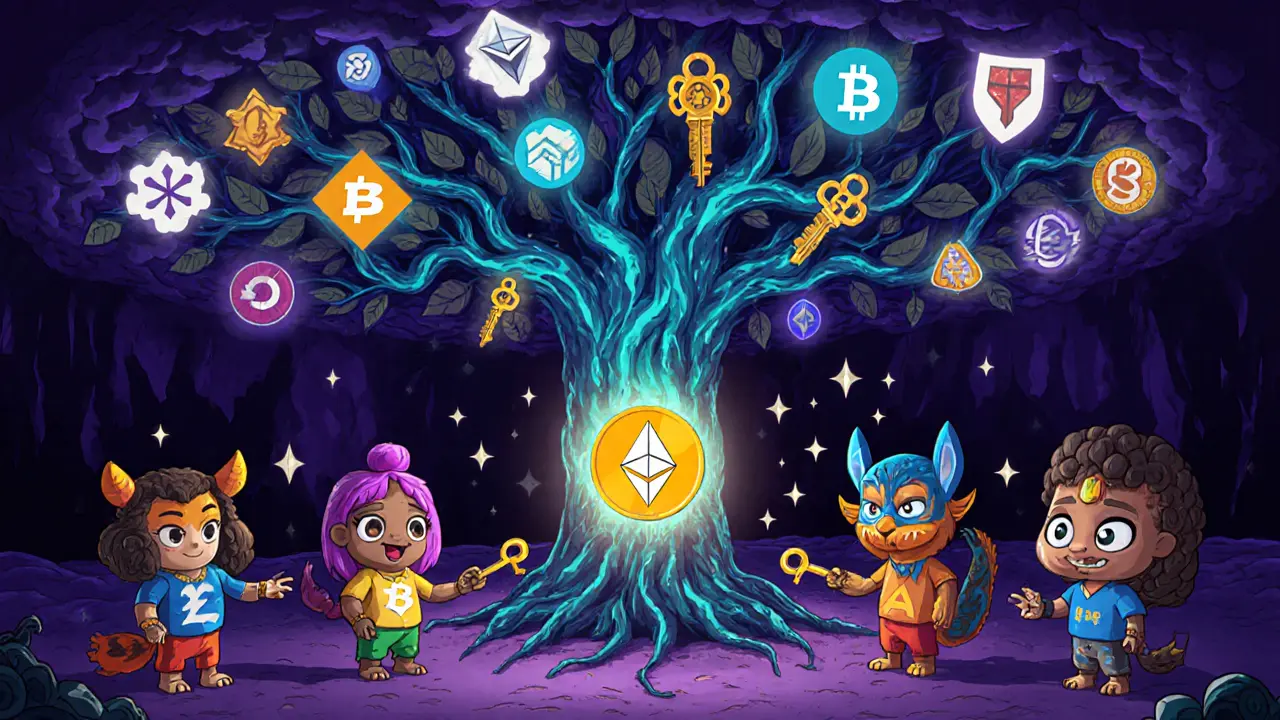
Who Should Avoid These Wallets?
If you’re new to crypto and don’t want to learn how blockchain works, don’t use a non-custodial wallet. If you need help every time you send money, stick with a regulated exchange-even if it’s risky. If you think "I’ll just write it down somewhere" and forget about it, you’re setting yourself up for loss.These wallets are for people who understand: if you don’t control your keys, you don’t control your money. And in places where governments control everything else, that’s the only kind of control that matters.
Getting Started Safely
Here’s how to begin if you’re in a restricted country:- Download MetaMask or Trust Wallet from their official sites (not app stores-those can be blocked or tampered with).
- Write down your 12-word recovery phrase. Use a pen and paper. No digital copies.
- Store the paper in a secure, hidden place. Not your wallet. Not your desk.
- Send a small amount of crypto first-$10 or $20-to test it.
- Learn how to connect to decentralized exchanges. Use guides from trusted sources like Ledger Academy or Cointracker.
- Only use a hardware wallet if you’re holding more than $500.
And never, ever share your recovery phrase with anyone-not even someone claiming to be from "support." Real support doesn’t exist in non-custodial systems. That’s the point.
Can I use a non-custodial wallet if my country bans crypto?
Yes. Non-custodial wallets don’t require permission from governments or banks. They run on decentralized networks like Ethereum and Bitcoin, which exist globally. Even if local exchanges are blocked, you can still send and receive crypto directly through your wallet. You may need a VPN to access wallet websites or blockchain explorers, but the wallet itself works anywhere with internet.
What happens if I lose my recovery phrase?
Your crypto is permanently lost. There is no reset button, no customer service, no way to recover it. This is the core risk of non-custodial wallets. That’s why writing down your recovery phrase correctly and storing it securely is the most important step you’ll ever take.
Are hardware wallets worth it for someone in a restricted country?
If you’re holding more than $500 in crypto, yes. Hardware wallets like Ledger store your keys offline, making them immune to hacking. They’re especially useful in high-risk environments where phones or computers might be monitored or seized. The Ledger Nano S costs $79, and the Nano X costs $149. For most people in restricted countries, this is a small price for peace of mind.
Can the government track my transactions on a non-custodial wallet?
They can see the addresses you send to and from, and how much you transfer, because blockchain is public. But they can’t link those addresses to your real identity unless you reveal it yourself-like by buying crypto with a bank account or using an exchange that requires KYC. If you use a non-custodial wallet and never connect your identity to it, your transactions remain pseudonymous.
Is it legal to use a non-custodial wallet in a country that bans crypto?
Legality varies. Some countries ban exchanges but don’t explicitly outlaw self-custody. Others criminalize any crypto activity. You need to research your local laws. But technically, using a non-custodial wallet doesn’t involve a local company-it’s peer-to-peer on the blockchain. Enforcement is difficult, which is why many people use it despite restrictions.
How do I buy crypto to put into a non-custodial wallet if exchanges are banned?
You can buy crypto through peer-to-peer platforms like LocalBitcoins or Paxful, where you trade directly with individuals using cash, bank transfers, or gift cards. Some people use crypto ATMs if available. Others receive crypto from friends abroad. Once you have it, you can send it to your non-custodial wallet. Never store large amounts on P2P platforms-move it to your wallet immediately.
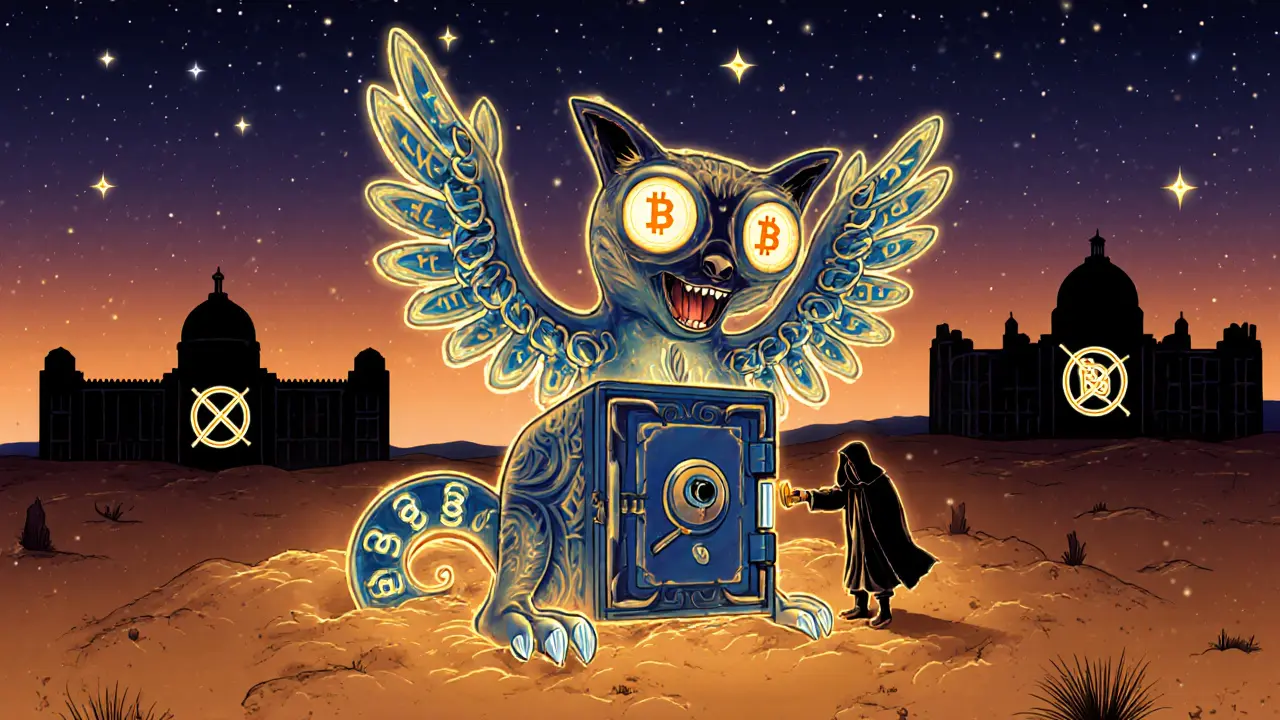






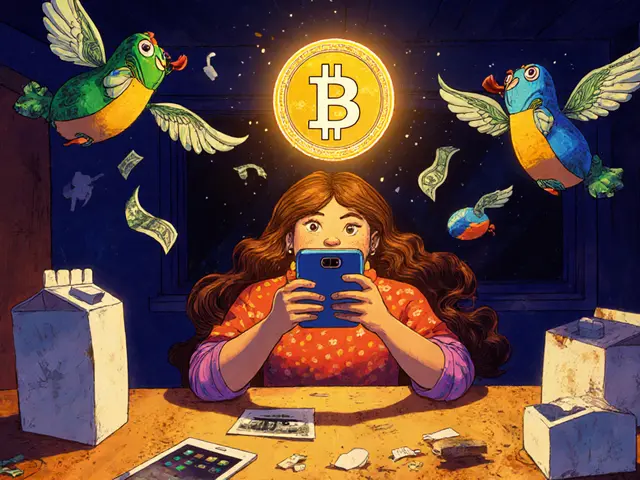
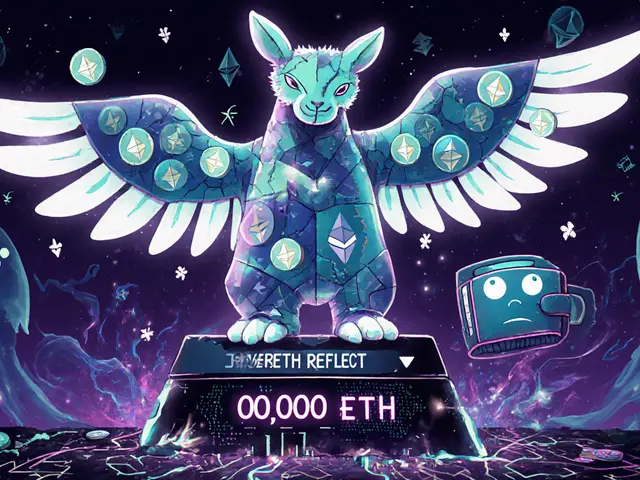

13 Comments
Non-custodial wallets are just a fancy way of saying you’re too lazy to learn how banks work
This is dangerous misinformation. Governments ban crypto for a reason. If you’re using MetaMask in India, you’re already on a watchlist. No one cares about your "keys" when the police show up at your door.
I’ve been using Trust Wallet for three years now. I live in a country where banks freeze accounts monthly. This isn’t about ideology-it’s about survival. The real risk is trusting someone else with your money.
Just got my Ledger Nano S last week. Best $79 I ever spent. No drama. No stress. Just peace of mind. If you’re holding more than a coffee’s worth of crypto, get one.
I appreciate how this post doesn’t sugarcoat the responsibility. It’s not magic. It’s not a get-rich-quick scheme. It’s a tool. And like any tool, it can save you-or break you.
Ugh. Another crypto bro pretending they’re a revolutionary. You think you’re free because you have a 12-word phrase? You’re just another sucker who didn’t read the fine print. Your "freedom" is just a scam waiting to happen. And don’t even get me started on hardware wallets-those things cost more than my rent.
People don’t realize how much they’re giving up when they use custodial wallets. It’s not about money. It’s about autonomy. When your government can freeze your account, you’re not a citizen-you’re a tenant. And tenants don’t own anything.
Wow. So you’re saying the only way to be free is to become your own bank… and also memorize a passphrase that, if you forget, you lose everything? That’s not empowerment. That’s a trap with a nice UI.
MetaMask is a phishing magnet. Most users don’t know how to check contract addresses. They just click approve. Then they lose everything. The real problem isn’t governments-it’s user ignorance.
My cousin in Nigeria uses this. He says he can pay for medicine now. No bank. No delay. Just send and receive. Simple.
The philosophical underpinning of non-custodial systems is not technological-it is existential. To hold one’s own keys is to assert the primacy of individual sovereignty over institutional authority. In an age where identity is commodified, data is surveilled, and consent is extracted, the act of self-custody becomes a quiet act of rebellion. It is not merely a wallet. It is a declaration: I am not a transaction. I am not a data point. I am the keeper of my own value.
i used metmask for a bit then lost my phrase 😭 i had 1.2 eth… i still cry sometimes… also i think i spelled phrase wrong
For those in restricted economies, non-custodial wallets are the only viable path to L1 financial sovereignty. You’re not just storing assets-you’re participating in a permissionless settlement layer that operates independently of SWIFT, Fedwire, or any centralized clearinghouse. The infrastructure is decentralized, the protocol is trustless, and the economic agency is absolute. If you’re not using a hardware wallet with multi-sig or Shamir backup, you’re not even playing the game.